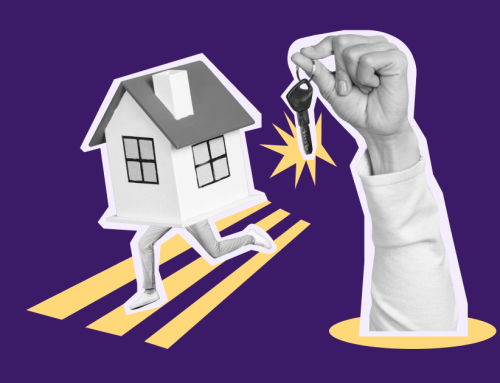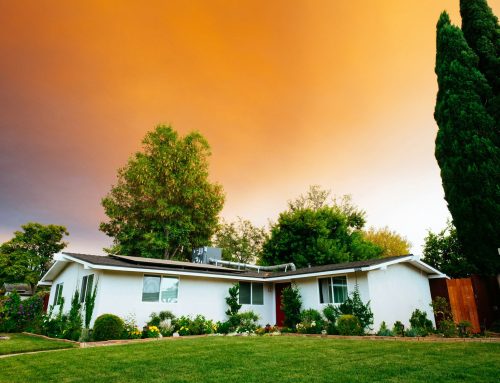In the realm of real estate, a notable shift is transpiring – one where sustainability isn't merely an option but a decisive factor in the purchasing decisions of discerning buyers. The rise of green homes in real estate advertising marks a pivotal moment in the industry's evolution, where environmental consciousness intersects with savvy marketing strategies to create a compelling narrative of responsible living.
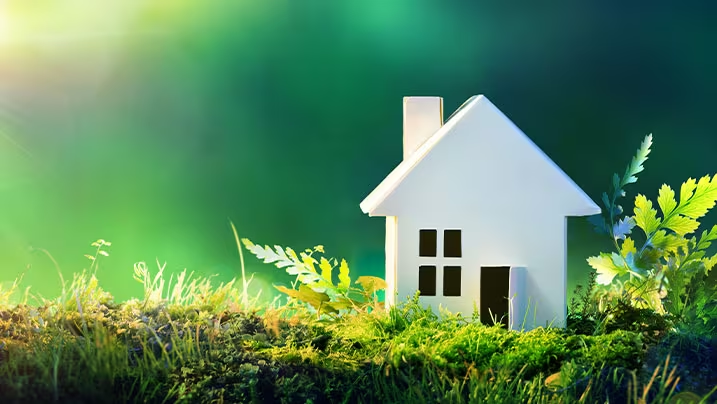
Green homes, characterized by their eco-friendly design, energy efficiency, and minimal environmental impact, have emerged as more than just a trend; they are the epitome of modern living aspirations. Beyond the altruistic motives of reducing carbon footprints and preserving natural resources, the appeal of green homes is deeply rooted in their tangible benefits for homeowners, communities, and the planet at large.

REAL ESTATE MARKETING NEWS
Receive directly into your inbox!
Receive news about Real Estate Marketing, trend & analysis, tutorials... Let's subscribe today it's totally free and may help you to boost your business!
In the realm of real estate advertising, the language of sustainability has become a potent tool for captivating audiences and driving sales. By leveraging the principles of green marketing, real estate professionals can craft narratives that resonate with the values and aspirations of environmentally-conscious consumers.
One of the key strategies in green marketing is transparency. Buyers today are not only interested in the aesthetic appeal of a property but also its environmental performance. Real estate advertisers are increasingly providing detailed information on a home's green features, such as energy-efficient appliances, solar panels, insulation, and sustainable building materials. By highlighting these attributes, advertisers can instill confidence in potential buyers and differentiate their properties in a crowded market.
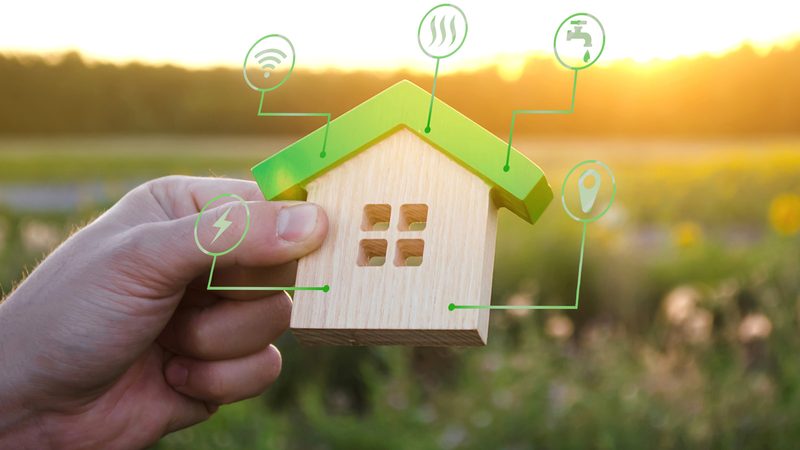
Moreover, storytelling plays a crucial role in green marketing campaigns. Beyond listing the technical specifications of a home, advertisers are weaving narratives that evoke a sense of connection with nature, community, and a sustainable lifestyle. Whether it's showcasing a home's proximity to green spaces, its low carbon footprint, or the eco-friendly practices of its builders, storytelling humanizes the concept of sustainability and makes it relatable to prospective buyers.
The integration of technology further amplifies the reach and impact of green marketing initiatives in real estate. Digital platforms and virtual tours allow buyers to explore green homes remotely, providing immersive experiences that showcase their unique features and benefits. Additionally, data-driven marketing enables advertisers to target environmentally-conscious consumers with precision, ensuring that their messages resonate with the right audience.
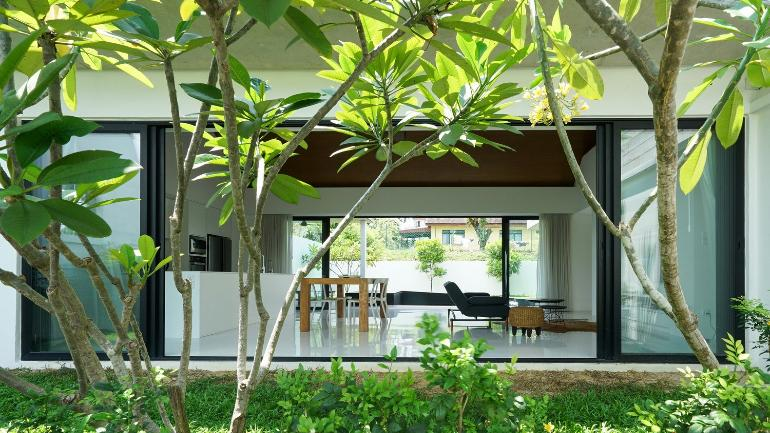
Furthermore, the shift towards sustainability in real estate advertising is not merely driven by consumer demand but also regulatory mandates and industry standards. Governments and regulatory bodies are increasingly implementing policies to promote energy efficiency and environmental conservation in the built environment. Adherence to green building codes and certifications, such as LEED (Leadership in Energy and Environmental Design) and Energy Star, not only enhances the marketability of properties but also demonstrates a commitment to sustainability and responsible stewardship.
In conclusion, the rise of green homes in real estate advertising signifies a paradigm shift towards a more sustainable and environmentally-conscious future. By embracing the principles of green marketing, real estate professionals can create compelling narratives that resonate with the values and aspirations of today's consumers. Through transparency, storytelling, technology, and regulatory compliance, the allure of green homes extends far beyond their environmental credentials, offering a glimpse into a lifestyle that is both luxurious and sustainable.



